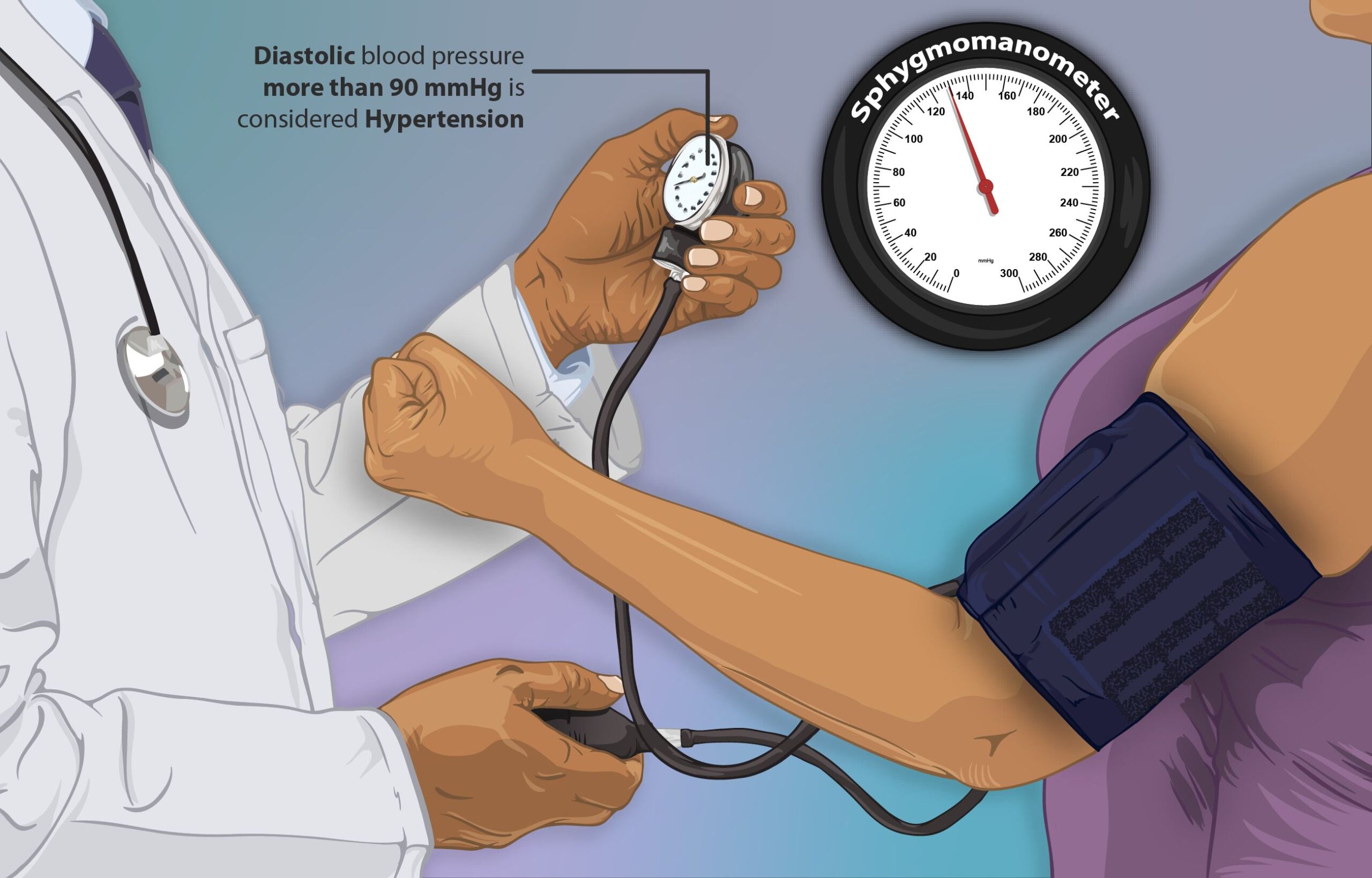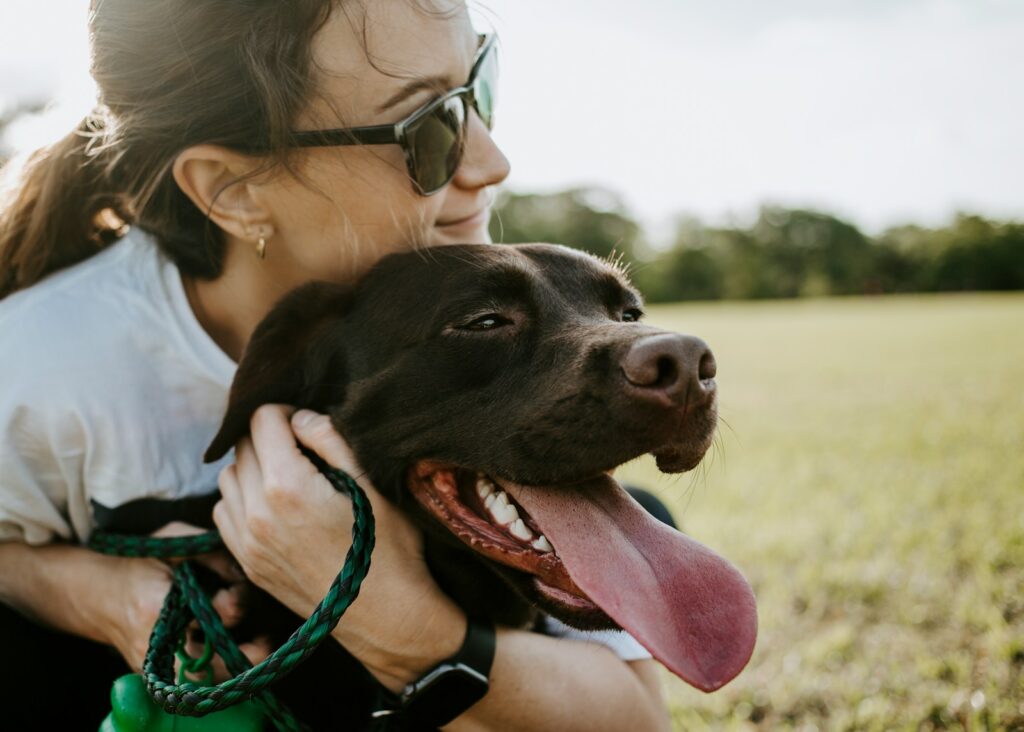
We share our homes, our hearts, and often our beds with our beloved dogs, considering them cherished members of our families. We shower them with affection, intending only to convey our deep love and appreciation for their loyal companionship. But sometimes, in our eagerness to express our devotion, we might inadvertently engage in behaviors that, from a canine perspective, are anything but pleasant.
It’s a fascinating paradox: the very gestures we believe signify love can, for our furry friends, be sources of confusion, anxiety, or even fear. This isn’t because our dogs don’t love us back, but rather because their world, their communication, and their instincts operate on a fundamentally different wavelength than ours. Understanding these differences isn’t just about avoiding a wagging tail that isn’t quite as happy as it seems; it’s about building a deeper, more empathetic connection with the creatures who bring so much joy into our lives.
In this enlightening journey, we’ll uncover some of the surprising things humans do that dogs secretly detest. By recognizing these nuanced canine reactions and adjusting our habits, we can elevate our pet parenting, ensuring our furry best friends feel truly understood, respected, and loved on their own terms. Get ready to level up your pet-parenting game and foster an even stronger, more trusting bond with your cherished companion!
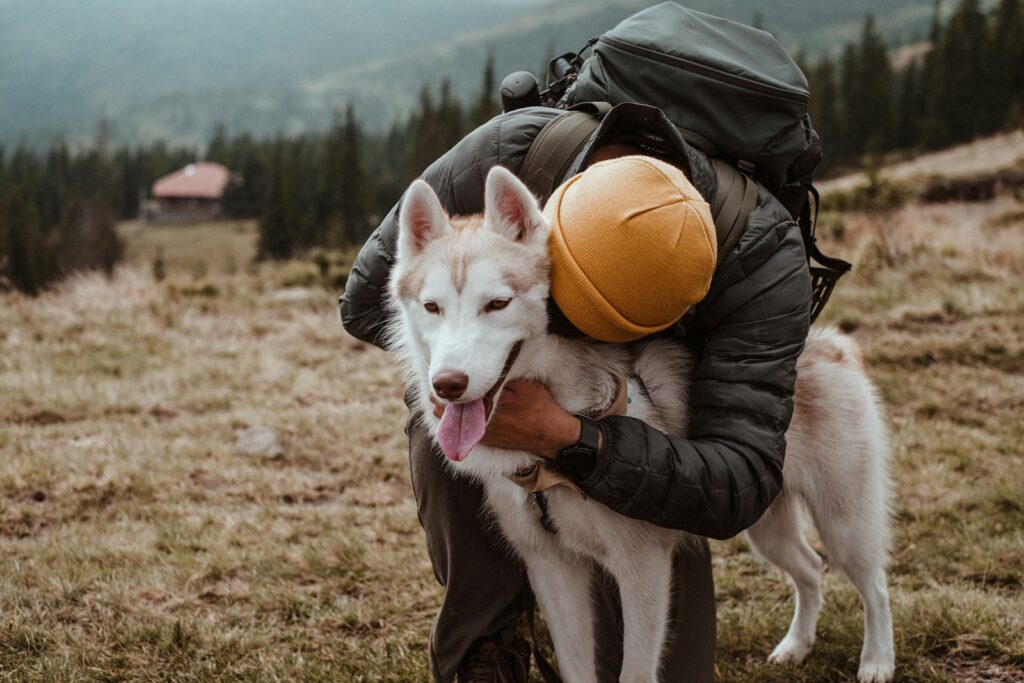
1. **Hugs and Forehead Smooches (Yes, Really!)**: It might feel incredibly natural to wrap your arms around your beloved dog, pulling them close for a comforting hug or planting a forehead smooch. For humans, these gestures are universal signs of affection and warmth. Yet, for many dogs, this intimate embrace can be anything but comforting; it often leaves them feeling trapped and anxious, a sentiment far removed from our loving intent.
Canine behavior experts have delved into this phenomenon, analyzing countless images of humans hugging dogs. The overwhelming evidence reveals that in over 80% of these photos, the dogs displayed clear signs of stress or anxiety. Their body language spoke volumes: downward ears, half-moon eyes showing the whites, visible panting, lip-licking, or even attempts to turn away or tuck their tail. These subtle cues are their way of saying, “Please get me out of here.” When you bend over your pup for a smooch, you’re also bringing your face uncomfortably close, which can be perceived as a threat in the canine world, an assertion of dominance rather than an expression of affection.
While some dogs, particularly highly socialized or trained therapy dogs, might tolerate such gestures, it is paramount for pet parents to become fluent in their dog’s non-verbal cues. Instead of forcing affection that may be unwelcome, the best approach is to let your dog initiate the cuddle. If you do wish to interact, consider crouching down to their level and offering gentle scratches on their shoulders or neck, which are far more agreeable to most canines. Observing these stress indicators – yawning, blinking, or even just turning away – can help you communicate love in a way your dog truly appreciates, fostering a sense of security rather than discomfort.

2. **Too Much Eye Contact**: In human interactions, maintaining eye contact is a sign of attentiveness, honesty, and respect. Those big, expressive eyes of our dogs often tempt us into prolonged gazes, seeking to connect on a deeper level. However, for dogs, the rules of engagement are starkly different. Sustained, direct eye contact, especially from a stranger, is frequently interpreted as a challenge or a threat, an attempt to assert dominance. It’s the canine equivalent of being stared down, and it can make your furry friend feel deeply uneasy, even if they are very comfortable around you.
When a dog feels cornered or pressured by an intense stare, their natural instinct is to de-escalate the situation, often by looking away. If they feel threatened enough, particularly unfamiliar dogs with reactive tendencies, they might resort to aggressive behavior to defend themselves. This subtle yet powerful non-verbal cue is a vital part of canine communication, and ignoring it can put both human and dog at risk of an unfortunate incident.
Therefore, the next time you find yourself tempted to lock eyes with a dog, whether your own or a new acquaintance, remember to keep your gaze brief and friendly. For unfamiliar dogs, it’s safer to look slightly to the side and allow them to approach you on their terms, rather than forcing an interaction. If you notice a dog staring intensely at you, it’s a subtle warning sign; proceed with caution. Backing away gently can reassure them they are not in danger, helping to build trust and avoid potential conflict.
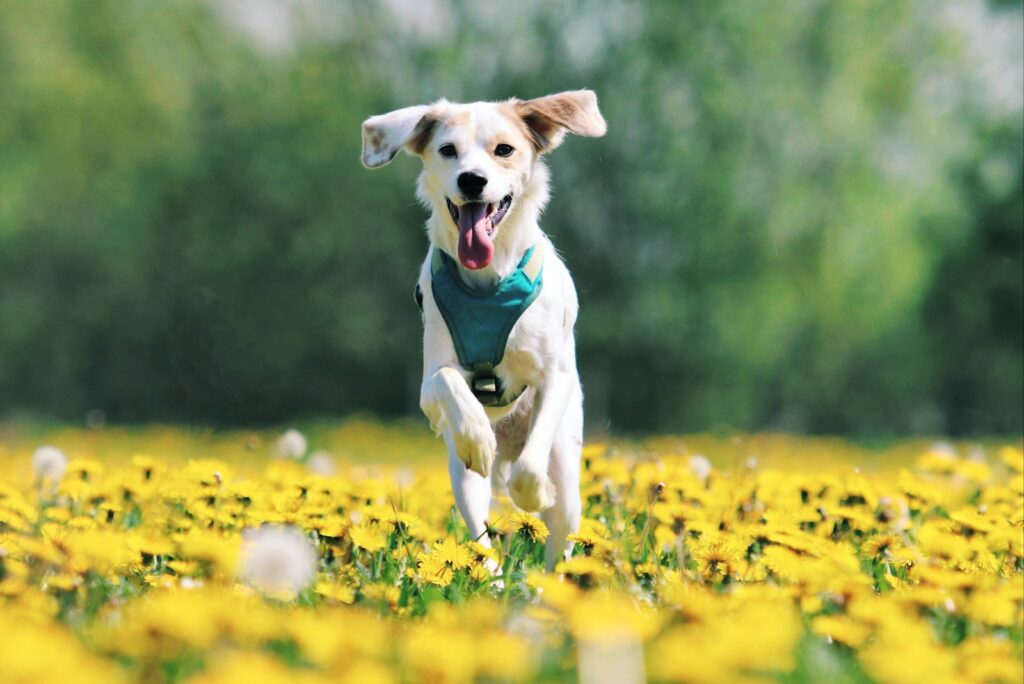
3. **The “No Sniff” Policy During Walks**: Imagine rushing through your favorite store, perhaps a place brimming with fascinating new gadgets or delectable foods, without being allowed to pause and examine anything. That sense of frustration and missed opportunity is precisely how your dog feels when you enforce a strict “no sniff” policy during your daily walks. For dogs, walks are not merely about physical exercise; they are a vital sensory experience, a daily newspaper filled with olfactory information about their world.
A dog’s sense of smell is astronomically more powerful than ours—up to 10,000 times more sensitive. Their noses are their primary tools for exploring, understanding, and interacting with their environment. Allowing your dog to stop, sniff, and truly absorb the myriad scents around them is not just a luxury; it’s a fundamental need that satisfies their natural curiosity and provides crucial mental stimulation. Each lamppost, patch of grass, or discarded leaf tells a rich story that only their incredible olfactory system can decode.
By granting them the freedom to explore scents, you’re not only enriching their walk but also improving its overall quality for both of you. It transforms a simple stroll into a mentally stimulating adventure for your canine companion, fulfilling their inherent biological drives. A satisfied sniffer leads to a happier, more content dog, and ultimately, a more enjoyable and harmonious shared experience on every outing.
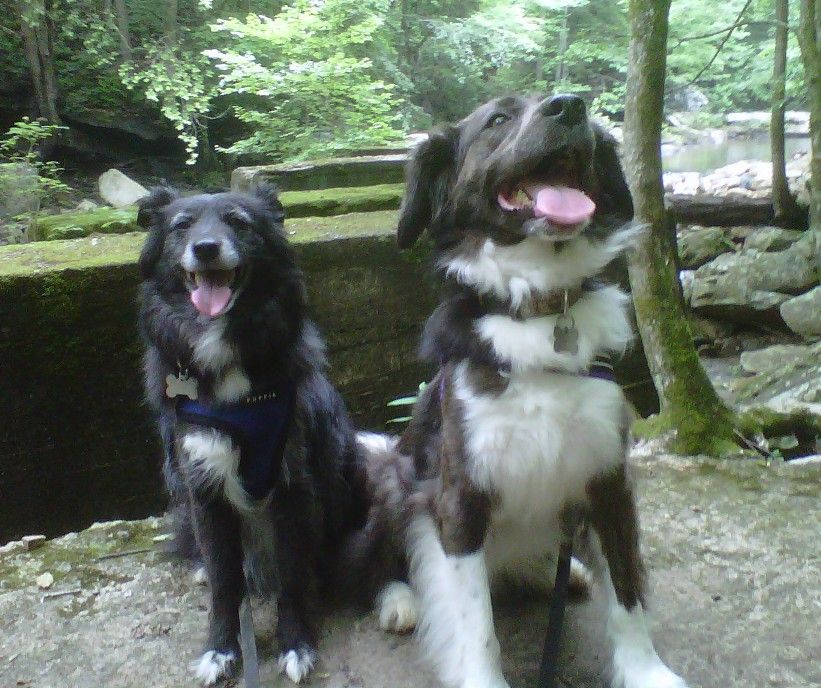
4. **Keeping Your Dog on a Tight Leash**: Many pet parents, especially in bustling environments or with energetic pups, instinctively keep a tight leash, believing it offers greater control. However, this common practice inadvertently sends a cascade of wrong messages to your dog. A taut leash communicates stress and anxiety from your end, immediately transferring that tension to your canine friend. The result? Your dog becomes anxious, often entering a “fight or flight” mode that can make them more reactive and less responsive than they would be on a loose leash.
Beyond the psychological impact, consistently walking your dog on a tight leash can have severe physical repercussions over time. The constant pressure on their collar can adversely affect sensitive areas like the thyroid gland and the vagus nerve, potentially leading to conditions such as hypothyroidism or nervous system disorders. In the most severe cases, years of sustained tension can even contribute to tracheal collapse, a debilitating condition causing breathing difficulties and eventual respiratory failure, particularly in smaller breeds.
The solution lies in mastering loose leash walking, a skill that requires patience and consistency but yields immense rewards. By teaching your dog that pulling results in a halt to the walk, they will gradually learn that a relaxed leash is the only way forward. This not only alleviates stress and promotes better physical health for your dog but also transforms your walks into a much more enjoyable and harmonious experience for both of you, fostering a calmer and more cooperative dynamic.
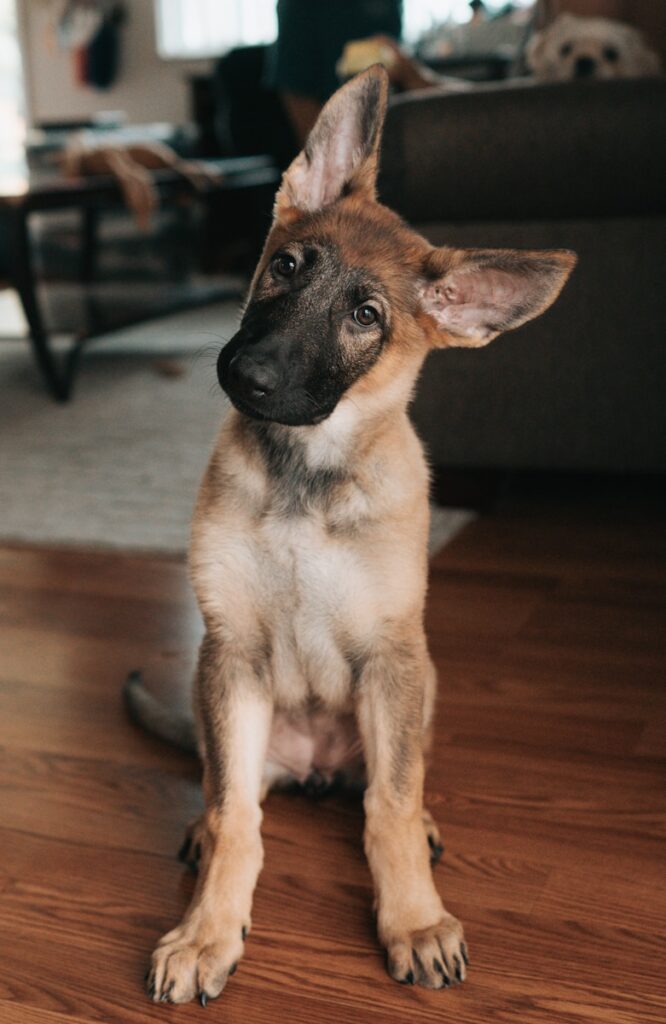
5. **Barking at Your Dog for Laughs**: Remember the viral social media trends, like the “bark at your dog” challenge, where people would yelp at their unsuspecting pups and film their bewildered reactions for online amusement? While the initial confused or startled response might seem funny to some, from a dog’s perspective, this is a profoundly distressing and potentially dangerous experience. For our canine companions, barking is a critical form of communication, often signifying a threat, a challenge, or an alert.
Dogs are highly attuned to human voices and understand that the sound is coming from their human. However, they are unable to distinguish between a playful prank and genuine aggressive behavior. When you bark at your dog, their innate wiring interprets it as an aggressive gesture from a member of their trusted pack, leading to confusion, fear, and a breakdown of trust. Animal behaviorists warn that such pranks are not only cruel but can also provoke a reflexive defensive response, potentially resulting in a bite.
Videos of these challenges often reveal clear signs of stress in the dogs: becoming stiff, widening their eyes, pinning their ears back, leaning away, or even baring their teeth to show how threatened they feel. Continuously engaging in this behavior risks jeopardizing the deep trust your dog places in you and could lead to dangerous situations. Instead, let’s choose kindness and foster playful interactions that build, rather than erode, the vital bond with our furry family members.
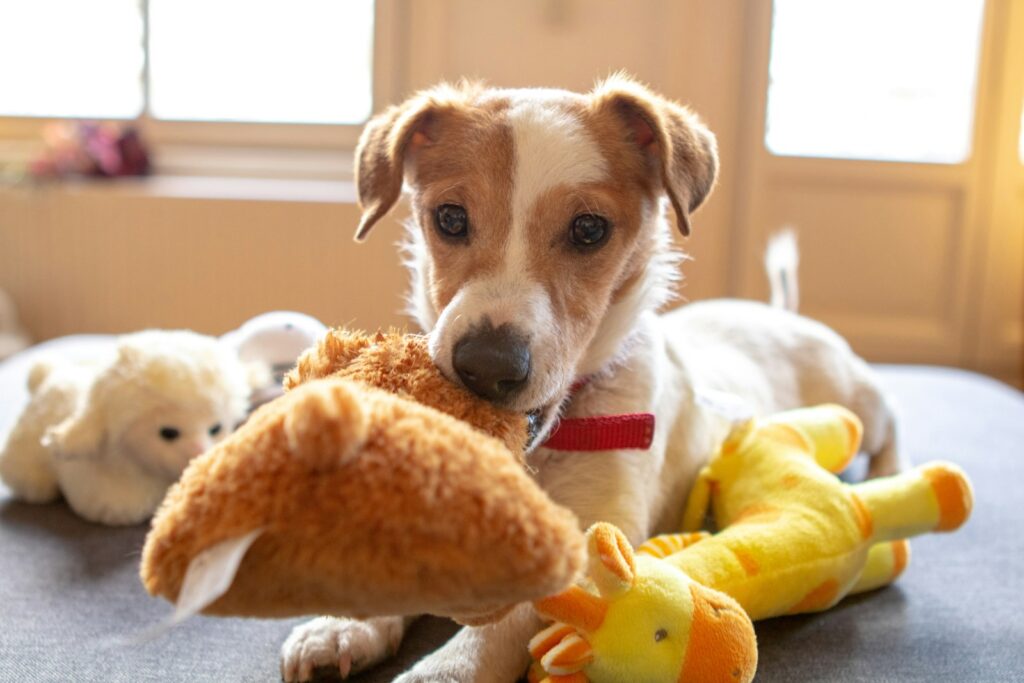
6. **Expecting Your Pup to Share**: One of the first lessons we instill in young children is the importance of sharing. We teach them to distribute their toys, snacks, and attention among their peers. However, applying this human social etiquette to our canine companions can often backfire. Forcing your dog to share their cherished toys or even their food with other dogs, or even household cats, can create an intensely uncomfortable and anxious situation, fundamentally disrupting their sense of security and ownership.
Unlike humans, many dogs have a natural instinct for resource guarding. This is not a sign of selfishness, but rather a deeply ingrained survival mechanism. When a dog is compelled to share what they perceive as their valuable possessions—be it a favorite chew toy, a comfortable resting spot, or their meal—it can trigger feelings of vulnerability and insecurity. Punishing a pup who exhibits resource-guarding behaviors only serves to heighten their anxiety, making the situation worse and potentially leading to more intense guarding or even aggression out of fear.
Instead of enforcing a human-centric sharing policy, it’s far more beneficial to manage resources in a way that minimizes conflict and respects your dog’s natural instincts. Providing separate eating areas, ensuring each dog has their own high-value toys, and supervising play to prevent possessive behaviors can foster a more peaceful environment. By understanding and accommodating their instinctual need to protect their resources, you can avoid unnecessary stress and build a more harmonious multi-pet household.
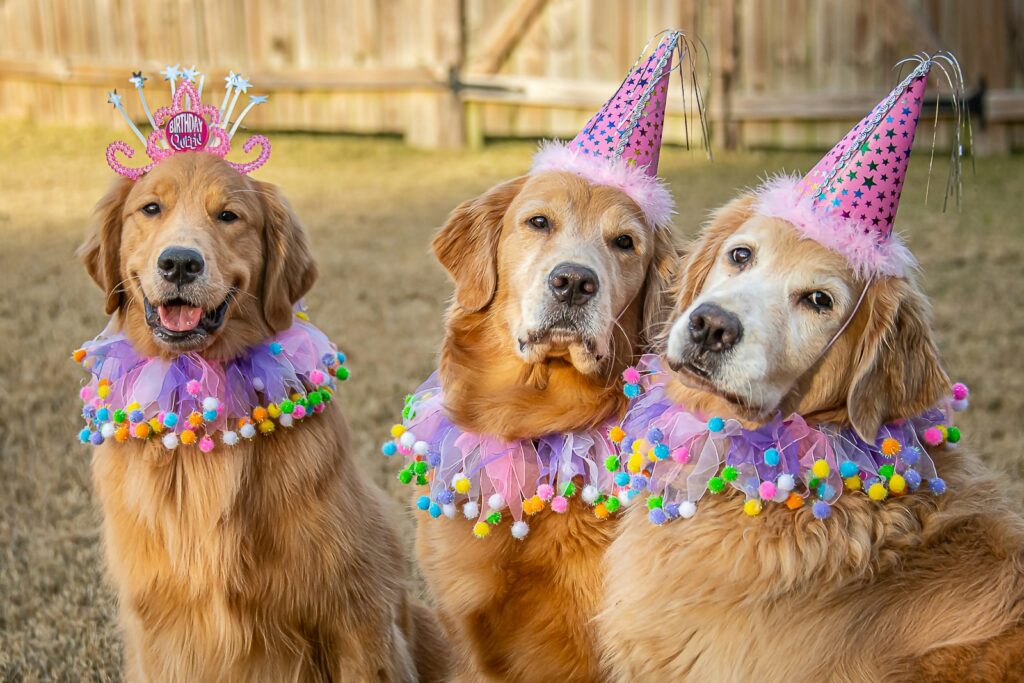
7. **Playing Dress Up**: The allure of dressing our dogs in adorable outfits, from festive holiday sweaters to elaborate Halloween costumes, is undeniable. The resulting photos can be social media gold, eliciting smiles and ‘likes’ from friends and strangers alike. However, what might seem like innocent fun to us can be a source of profound discomfort and anxiety for many dogs. The restrictive nature of clothing often hinders their natural movement, making them feel trapped and unable to behave as dogs naturally do.
Dogs rely heavily on their body language—their posture, tail wags, ear positions, and overall movement—to communicate their feelings and intentions to both humans and other animals. When covered in clothing, these crucial signals can be masked, leading to misinterpretations or preventing them from effectively expressing their discomfort or fear. Costumes, in particular, can place pressure on sensitive areas like their heads, paws, and tails, further amplifying their stress. A dog struggling to move or signal due to an outfit is a dog experiencing undue stress.
While some dogs might tolerate very simple items like a light shirt, many will actively despise anything on their heads or feet. It’s essential to ask yourself whether a fleeting photo opportunity is worth putting your pet under such distress. If dressing your dog is truly necessary, perhaps for warmth in cold weather or protection, ensure the attire is comfortable, allows complete freedom of movement, and doesn’t obstruct any senses. Most importantly, always observe your dog’s reaction; if they show any signs of stress, such as freezing, trying to remove the item, or looking away, it’s a clear signal that the costume should be removed immediately. Prioritizing your dog’s comfort over aesthetic desires ensures a positive, trusting relationship.
This isn’t about being a “perfect” pet parent, but about being a *present* one, willing to learn and adapt for the unconditional love our dogs so freely offer. Let’s commit to truly seeing and understanding our best friends, ensuring their lives with us are as joyful and stress-free as possible. After all, they deserve nothing less than our most considerate companionship.



